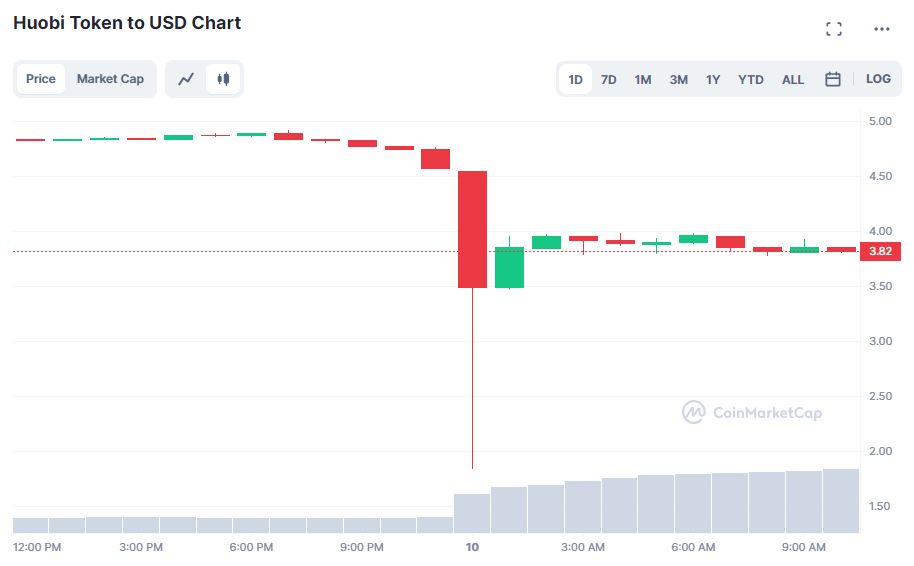您现在的位置是:Europe's largest 3D printed building to be a data center >>正文
Europe's largest 3D printed building to be a data center
上海品茶网 - 夜上海最新论坛社区 - 上海千花论坛83人已围观
简介By subscribing, you agree to our Terms of Use and Policies You may unsubscribe at any time.A consort...
By subscribing, you agree to our Terms of Use and Policies You may unsubscribe at any time.
A consortium of engineering firms has come together to build Europe's largest 3D-printed building. Expected to be completed by July, the building will house a data center, Kraus Gruppe announced.

3D printing has quickly moved from research laboratories to real-world projects. Interesting Engineeringhas previously reported how the technology has been deployed to build schools and bridges worldwide. 3D printing is also expected to help develop the first habitats on Mars, but while we wait for that to happen, a company plans to erect the largest 3D printed building in Europe, and that too at record speed.
Europe's largest 3D-printed building
The project, which has no name so far, will be in Heidelberg, Germany. The available reports show that the building will feature a wavy exterior and rise to nearly 30 feet (nine meters). The length of the building is designed to be 177 feet (54 m), while the width is planned for 36 feet (11 m), making it the largest 3D-printed building on the continent.
See AlsoThe technology for 3D printing comes from COBOD, which was also involved in making the world's largest 3D-printed building in 2021. The report said that its COBOD BOD 2 was used to 3D print a two-story house in Antwerp.
The construction itself has become pretty straightforward and typical these days, with a printer being used to pour out a cement like-mixture out of a nozzle and using layers to build the outer shell of the building. The time for the printing is expected to be 140 hours, following which human builders will move in to complete the rest of the work, such as fitting doors, roof, and wiring.
The construction is expected to produce only 55 percent of the carbon emissions that usually accompany a structure made with Portland cement, paving the way for a greener building. The construction is also expected to be recyclable, although the process details were not immediately available.
The building is expected to be completed by July, after which it will host cloud-computing infrastructure, another technology area that is getting greener by the day.
The planned appearance of the building is a demonstration of how 3D printing technology is rapidly improving and can deliver aesthetic designs and not simply extrude material in layers. Adding the benefit of rapid construction time and the ability to build larger structures, the technology is steadily and surely heading to becoming mainstream every day.
Tags:
转载:欢迎各位朋友分享到网络,但转载请说明文章出处“上海品茶网 - 夜上海最新论坛社区 - 上海千花论坛”。http://www.jz08.com.cn/news/32897.html
相关文章
ESA telescope captures OSIRIS
Europe's largest 3D printed building to be a data centerBy subscribing, you agree to our Terms of Use and Policies You may unsubscribe at any time.A speck o...
阅读更多
Shiba Memu presale hits $2.1M as Shiba Inu’s Shibarium faces challenges
Europe's largest 3D printed building to be a data centerThe highly-anticipated Shibarium layer-2 network is having problems with its bridge contract.Approxi...
阅读更多
Diamonds in space bring a new solution for geomagnetic data
Europe's largest 3D printed building to be a data centerBy subscribing, you agree to our Terms of Use and Policies You may unsubscribe at any time.A Canadia...
阅读更多
热门文章
- Blue Origin's New Shepard rocket to launch after 14
- ChatGPT boosts writing productivity, finds new MIT study
- NASA's Lucy mission gears up for milestone engine burns
- GM invests $60 million in AI battery startup for affordable EVs
- Soft robotic exosuit aids Parkinson's for smoother walking
- Shiba Memu price prediction as presale hits over $1.2 million in a month
最新文章
China's FAST telescope sheds new light on Galactic black holes
Elon Musk thinks robotic limbs powered by brain chips could help amputees
Cracking in Li
World's first hologram zoo wows in Australia with 3D views
DARPA is developing a real silent submarine similar to 'Red October'
Is it safe to buy the SEI token after exchange listing?